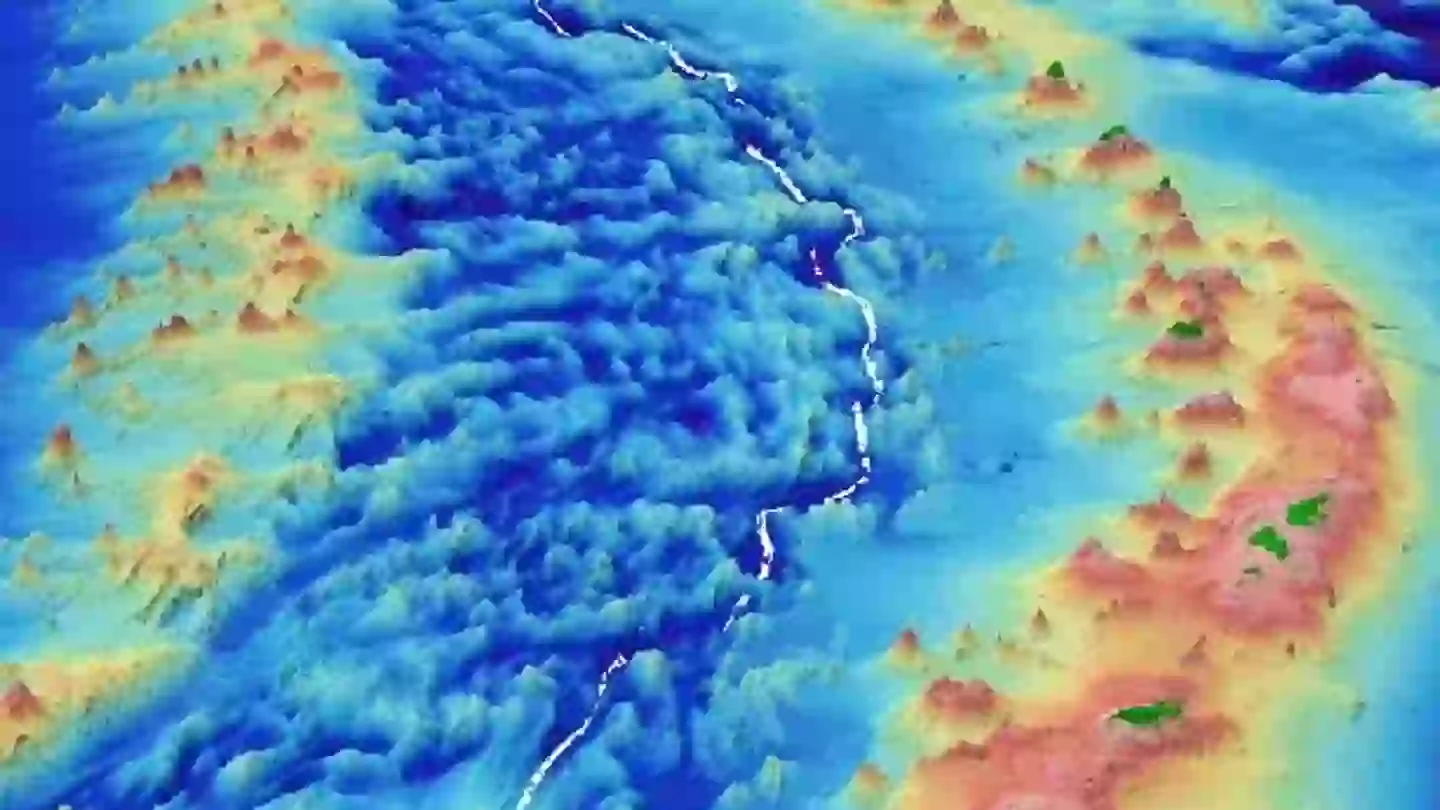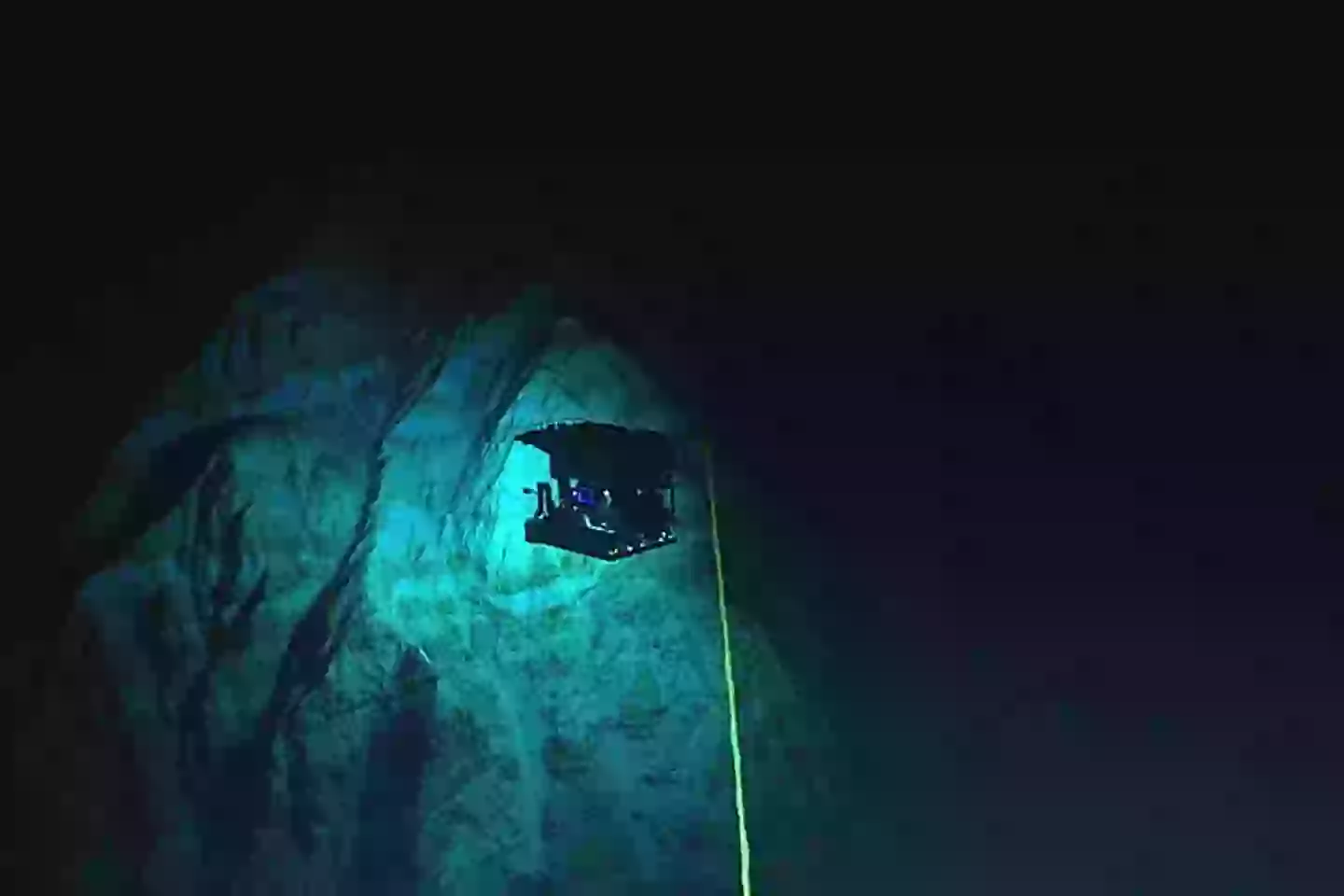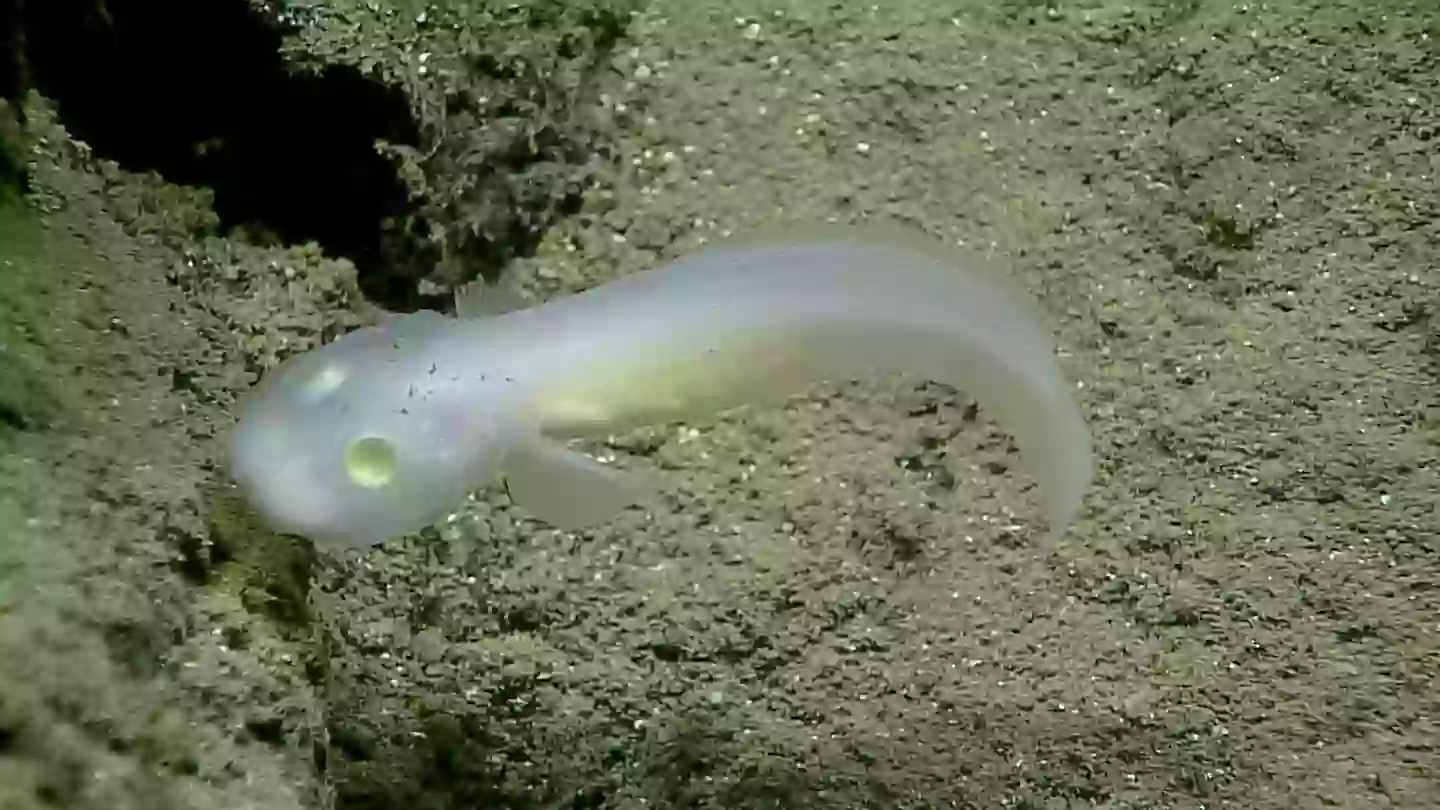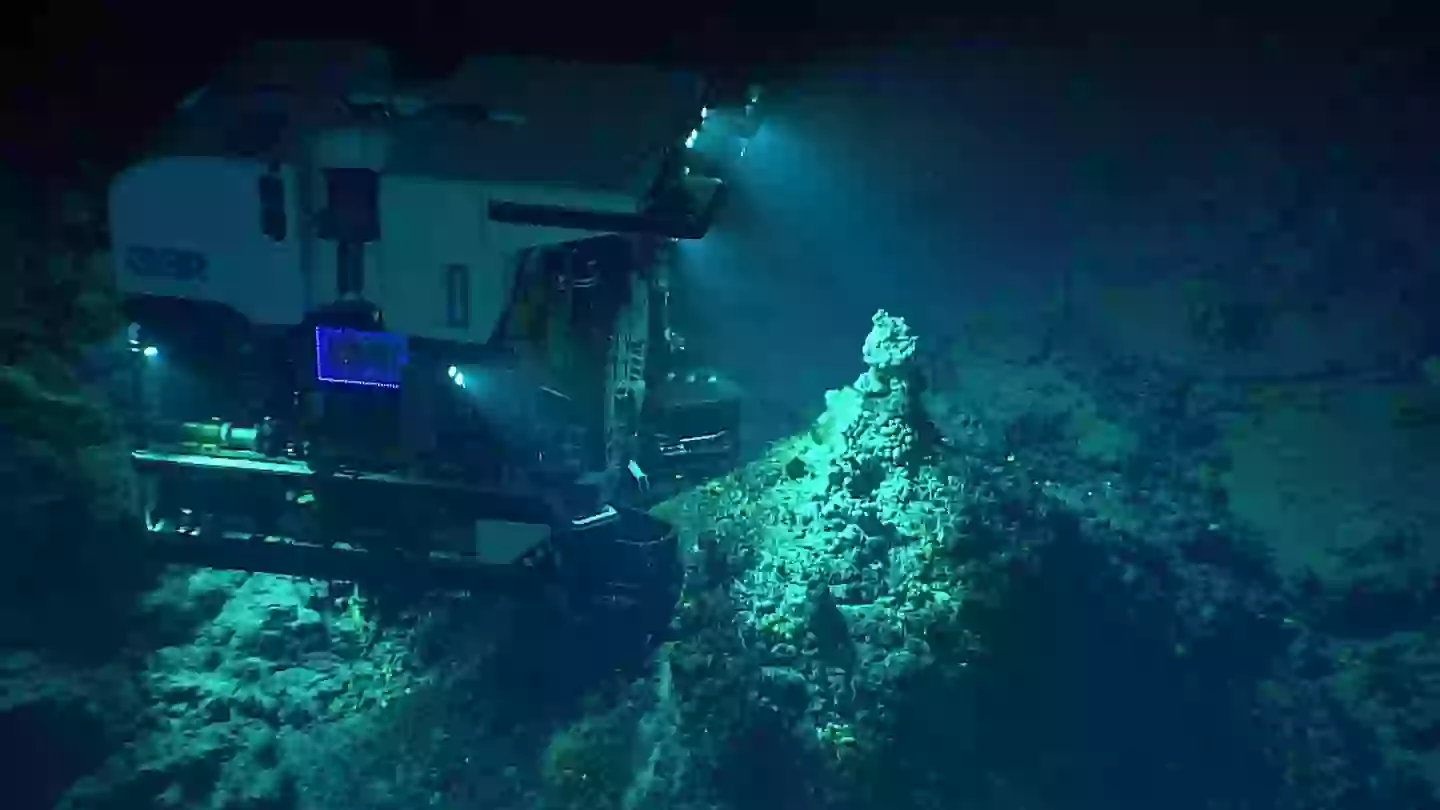
Scientists have made a never-before-seen discovery located some 36,000 feet below the surface of the Earth.
Located in the Mariana Trench section of the western Pacific Ocean, the find happened to be located at a location known as Challenger Deep.
Some 36,037 feet underwater, or 10,984 metres, it's incredibly deep. You can't actually get deeper without breaking through the crust of the planet.
Advert
First located by Royal Navy ships HMS Challenger and Challenger II (hence the name), it's a location that 27 people have descended to.
The first dive took place in 1960 with oceanographers Don Walsh and Jacques Piccard the very first pair to reach the bottom. This was followed by none other than Titanic filmmaker James Cameron some 52 years later in an expedition that saw him become the first solo diver to get to Challenger Deep successfully.

Now, experts examining this deepest point on the planet have found thousands of microbes in this region of ocean. And the amazing thing about the find is that they have never been seen before.
Going further than that, they are also nothing like what we think life is back on the surface.
Advert
Able to withstand horrific cold and extreme high pressure environments, they survive at the very bottom of this planet we call home.

The new find has been published in a new study released this week (6 March) in the Cell journal, providing the first systematic view of the ecosystem in what scientists call the 'hadal zone'. To me and you that's academic speak for the deepest point in Earth's oceans.
Based on findings from a Chinese expedition to the bottom of Challenger Deep in the deep-sea submarine Fendouzhe, the crew of scientists did a total of 33 dives to the bottom.
They collected a range of samples, from seawater, to organisms and sediment on the ocean floor, ranging from 6,000 metres underwater right down to the bottom.
Advert

All in all, experts behind the study found an eye-opening 7,000 microbe species down there.
Of these, almost 90 percent had never been found before by human studies.
They also found tiny crustaceans and snailfish down there; a location that scientists did not know they called home until now.

Advert
All in all, the study said that this section of the planet is 'playing irreplaceable roles in global processes with unique ecosystems and extreme life processes'.
It adds: "The extraordinarily high novelty and diversity of hadal microorganisms indicate resource potentials of novel genes, structures, and functions, which may be alternative choices to alleviate the current depletion of terrestrial biological resources taking place over the past decades."
Topics: Science, Google Earth, Education, Weird, Environment